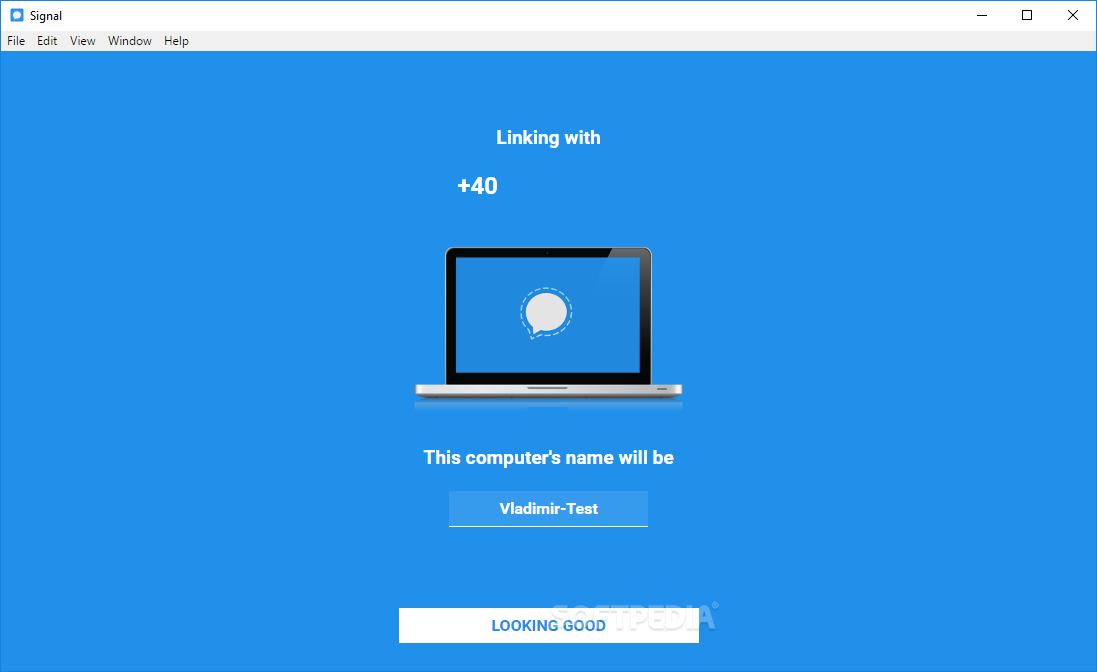

Specifically, this means identifying the hardware and apps that will fail to migrate properly or will suffer significant performance issues post-migration.Īs above, going through this process manually is incredibly time-consuming. Once you have a detailed overview of your IT estate, the next step is to assess and mitigate the risks that exist in your Windows 11 migration plan. This information helps with planning, and it is useful if problems occur later in the process where certain machines require a hardware refresh. The best approach is to use a tool like Access Symphony to automate the data collection process, giving you complete oversight of what and who will be impacted by the migration. You can do this manually using spreadsheets, but it will be a cumbersome and time-consuming process that is prone to error. In other words, collecting information on all the devices, applications, and users in your organisation. The first step in the Windows 11 migration process is to get an understanding of who and what will be impacted by the initiative. Start With the Data – Understand the Project Scope

What about the steps you need to take? Here is an overview. This especially applies to the risk of business interruption caused by machines, applications, or systems becoming unavailable due to a problem with the migration.

The aim is to ensure a Windows 11 migration process that minimises risks as far as possible. The deployment process has to be scheduled and implemented effectively, and you need to continuously monitor performance post-installation, providing fixes to issues when required. You also need the right tools to support your IT team and users across the organisation.


 0 kommentar(er)
0 kommentar(er)
